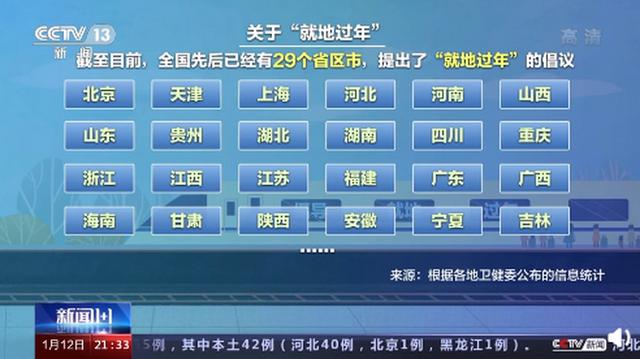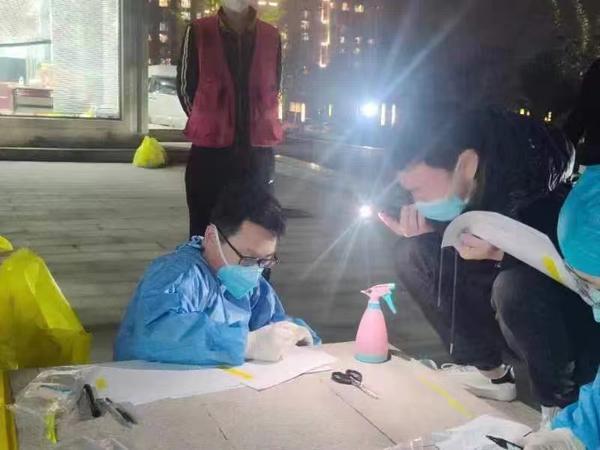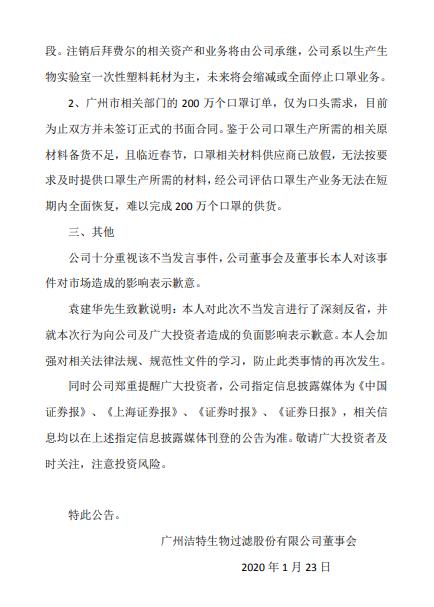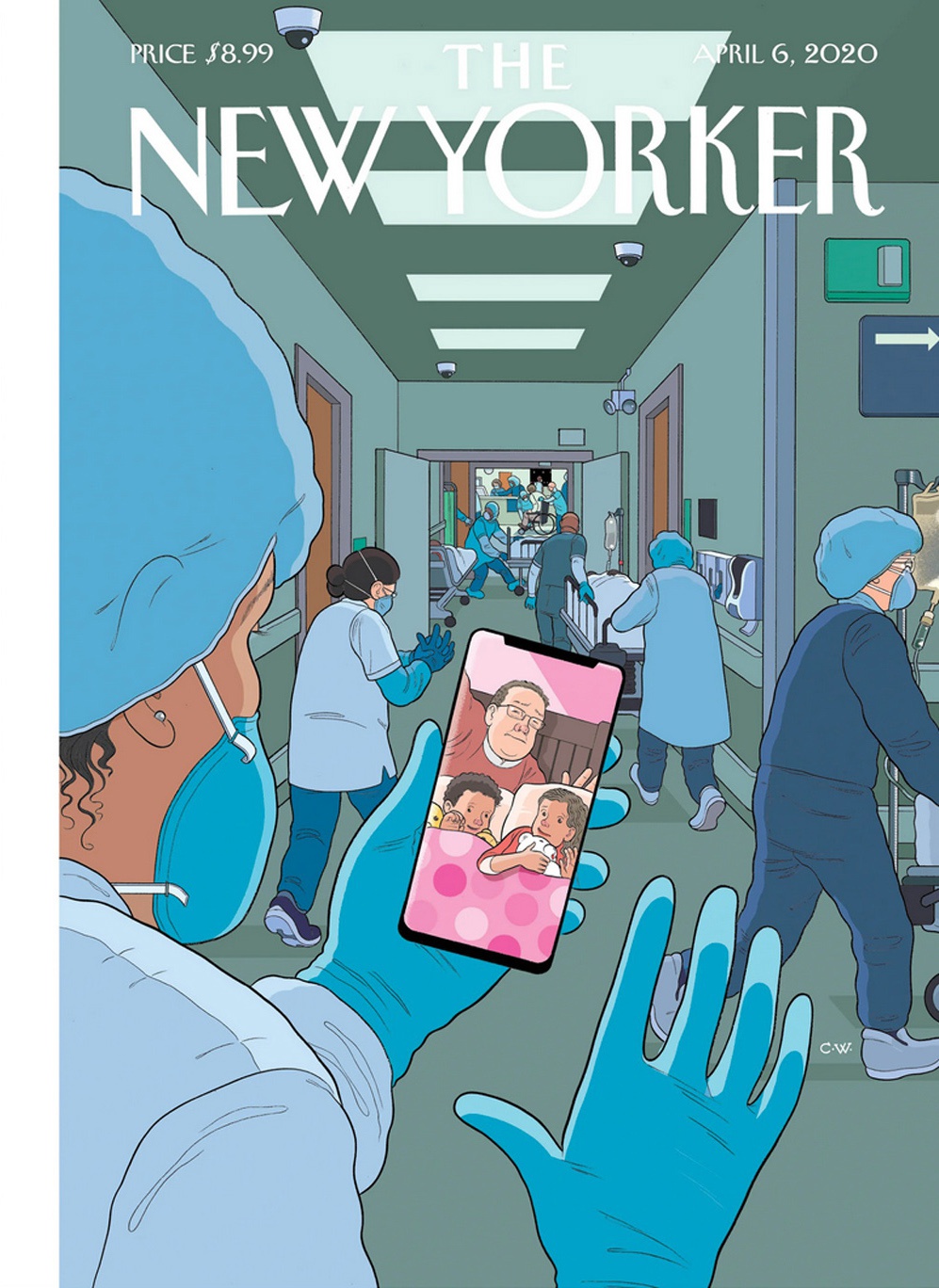Introduction:
The year 2020 marked a turning point in global history as the world was confronted with an unprecedented challenge—the COVID-19 pandemic. This viral outbreak, caused by the severe acute respiratory syndrome coronavirus 2 (SARS-CoV-2), has reshaped our daily lives, economies, and societal structures. This English bulletin aims to provide a comprehensive overview of the COVID-19 pandemic, its impact on various aspects of life, and the measures taken worldwide to combat its spread.
1. The Origin and Spread of COVID-19:
The COVID-19 pandemic emerged in late 2019 in Wuhan, China, and quickly spread globally due to its high transmissibility. The virus is believed to have originated from an animal source, likely a bat, before jumping to humans through an intermediate host. The World Health Organization (WHO) declared the outbreak a pandemic on March 11, 2020, acknowledging its global reach and severity. Since then, it has infected millions and claimed countless lives, becoming one of the most significant public health crises of the 21st century.
2. Understanding the Virus:
COVID-19 is a highly contagious respiratory disease that primarily affects the respiratory system but can also lead to multi-organ failure in severe cases. The virus enters the body through the nose, mouth, or eyes, and once inside, it targets cells that express the ACE2 receptor, primarily in the lungs but also in other parts of the body. Symptoms range from mild to severe, including fever, cough, fatigue, loss of taste or smell, and in some cases, pneumonia and respiratory failure. The elderly and those with pre-existing conditions are more vulnerable to severe outcomes.
3. Global Response and Vaccination Efforts:
In response to the pandemic, countries implemented various measures such as lockdowns, travel bans, and social distancing to slow the spread of the virus. The healthcare systems worldwide were tested to their limits, necessitating the establishment of temporary hospitals, expansion of testing capacities, and provision of essential services amidst shortages of personal protective equipment (PPE) and medical supplies.
The race for a vaccine was swift and intense. In December 2020, multiple vaccines were approved for emergency use by WHO, marking a turning point in the fight against COVID-19. These vaccines were developed through innovative approaches like mRNA technology and traditional methods, demonstrating the global collaboration needed to address such crises. As of this writing, over 7 billion doses have been administered worldwide, with vaccination programs continuing to expand their reach to ensure herd immunity.
4. Economic Impact:
The pandemic had a profound impact on global economies. Businesses closed their doors, leading to job losses and economic stagnation. Supply chains were disrupted, causing shortages of essential goods and services. Governments introduced stimulus packages and fiscal measures to cushion the blow but could not fully mitigate the economic downturn. The World Bank and other international financial institutions provided support to developing countries struggling to cope with the economic fallout.
5. Mental Health Considerations:
The pandemic also took a toll on mental health as people grappled with fear, uncertainty, and isolation. Anxiety, depression, and stress-related disorders surged globally. Mental health resources became increasingly important during this time, with online counseling services and hotlines becoming vital sources of support for those in need. It is crucial to recognize that mental health is just as important as physical health during times of crisis.
6. Digital Transformation and Telemedicine:
The pandemic accelerated the digital transformation worldwide, with telemedicine becoming a crucial tool for maintaining healthcare services amidst physical distancing measures. Online consultations, e-prescriptions, and digital health monitoring tools allowed patients to access care without leaving their homes. This shift also facilitated remote learning for students and work-from-home arrangements for employees, demonstrating the resilience of technology in times of crisis.
7. Lessons Learned and Future Prospects:
The COVID-19 pandemic has taught us several lessons: the importance of global collaboration in addressing public health emergencies; the need for preparedness and investment in healthcare infrastructure; the role of technology in facilitating resilience; and the significance
转载请注明来自爬爬百科,本文标题:《疫情导航,COVID-19在英语公报中的全面概述》












 京ICP备11000001号
京ICP备11000001号
发表评论